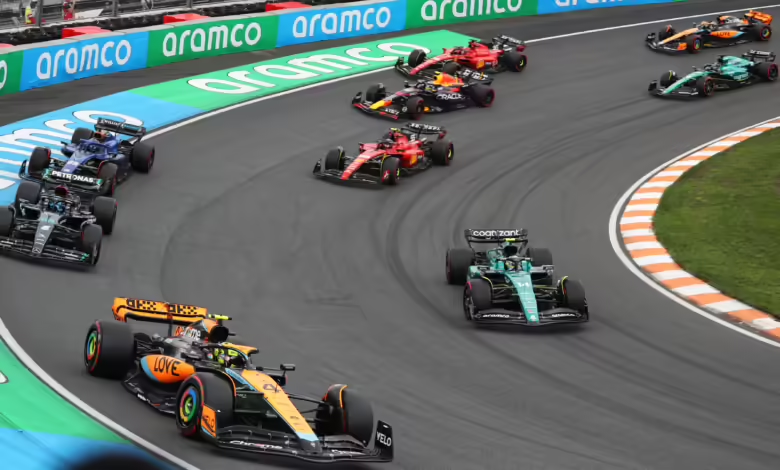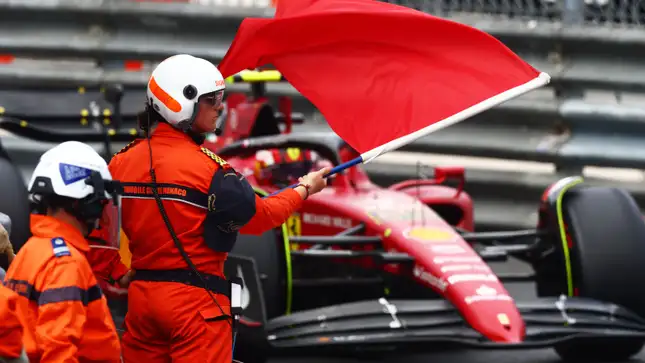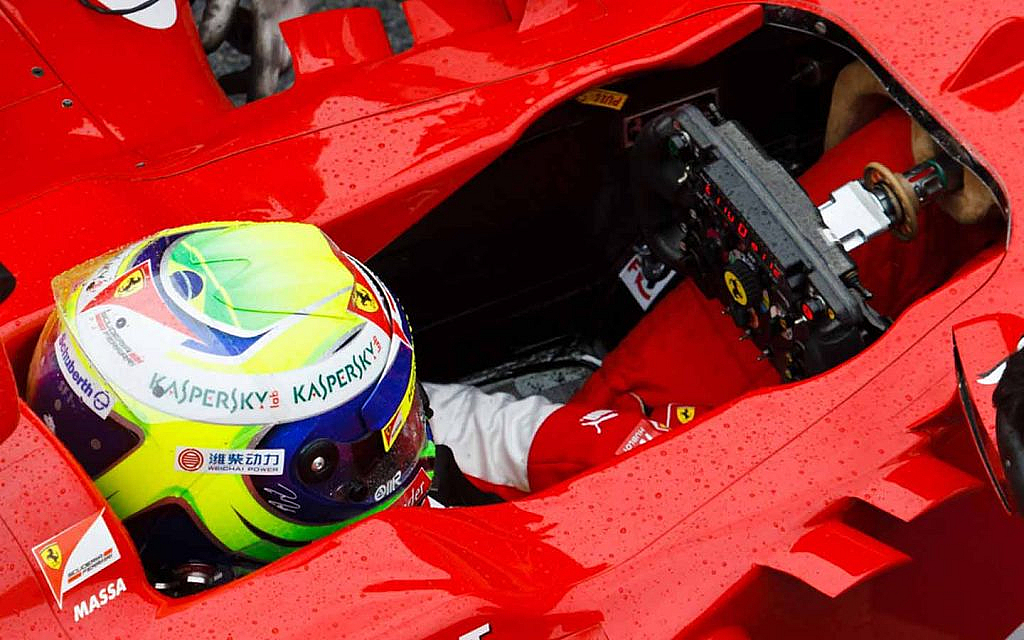Formula 1 Rules and Regulations: A Comprehensive Guide

Formula 1 (F1) is a unique blend of high-speed excitement and a complex set of regulations designed to maintain fairness, safety, and competitive balance. These rules govern everything from car specifications to race-day procedures, shaping the thrilling spectacle that millions of fans enjoy around the world. This article breaks down the core aspects of F1 regulations, covering everything from technical specifications to safety standards and race protocols.
1. Technical Regulations Rules
Technical regulations are essential for ensuring that all teams follow the same guidelines when designing their cars.
Car Dimensions and Weight
In 2024, F1 regulations require cars to weigh a minimum of 798 kg (1,759 pounds), including the driver. This weight rule prevents teams from building excessively light cars that could compromise safety. By enforcing a standardized weight, F1 ensures that all teams compete on equal terms, promoting fairness and consistency.
Engine Specifications
F1 cars use hybrid power units, combining a 1.6-liter V6 internal combustion engine (ICE) with an Energy Recovery System (ERS). Drivers are limited to three power units per season, which encourages efficiency and sustainability. Each team must carefully balance performance with reliability to meet the demands of the entire season.
Aerodynamics
Aerodynamic rules govern how teams design essential parts of the car, such as wings and diffusers. These F1 regulations prevent teams from gaining unfair performance advantages, ensuring a more closely matched competition. Moreover, the regular updates to these rules promote innovation while preserving fairness.
2. Race Rules
From practice to the final race, race rules contribute to uniformity and safety over the Grand Prix weekend.
Race Weekend Format Rules
An F1 weekend usually consists of practice sessions, a qualifying round, and the main race. During practice, teams fine-tune their setups, while qualifying determines the starting grid. Races typically last around 90 minutes, with a two-hour maximum time limit, keeping the action quick and thrilling for spectators.
Safety Car and Red Flags

To control the pace during incidents or unsafe conditions, race officials may deploy a safety car. This slowdown gives teams the chance to adjust their strategies. In more severe situations, a red flag is issued, halting the race until conditions are safe to continue. These pauses can dramatically affect race outcomes and require teams to rethink their tactics.
Pit Stops
Pit stops are key moments in a race when teams change tires or make other adjustments. F1 regulations limit the number of crew members allowed in the pit to ensure safety. A fast and precise pit stop can make a significant difference in a driver’s overall performance.
3. Penalties and Offenses
F1 regulations impose penalties to maintain fair competition and address infractions that could disrupt the race.
Types of Penalties
Penalties can range from time penalties, which are added to a driver’s final race time, to grid penalties for future races. Serious offenses can even lead to disqualification. Time penalties are often given for track violations, while grid penalties affect a driver’s starting position in the following race.
Track Limits
Drivers must stay within the track boundaries to avoid gaining an unfair advantage. To monitor this, officials use GPS technology. If a driver exceeds the limits repeatedly, they may face time penalties, helping to ensure fair competition.
4. Safety Regulations
Safety is a top priority in F1, and several F1 regulations are in place to protect drivers, teams, and fans.
Car Safety Features
Modern F1 cars come equipped with advanced safety technology, including the Halo device, which protects a driver’s head during collisions. In addition, cars feature crash structures that absorb impact and minimize injury risks. These features are continually updated to meet the highest safety standards.
Circuit Safety Standards
Each F1 circuit must meet strict FIA safety regulations, which include barriers, runoff zones, and medical facilities. The FIA inspects tracks before races to ensure compliance, guaranteeing a safe environment for drivers and fans alike.
Driver Safety Gear

Drivers wear specialized safety gear, such as fire-resistant suits, helmets, gloves, and boots, all designed to withstand extreme conditions. This gear undergoes constant updates to incorporate the latest safety advancements, ensuring drivers’ protection throughout the race.
5. Sporting Rules
Sporting regulations govern team conduct and promote fair play in the competition.
Team Orders
Team orders are permitted, but they must be in line with fair competition and safety. While these orders can help a team’s strategy, they must not compromise the integrity of the race. Teams must carefully manage these orders to maintain a level playing field.
Constructors’ Championship
The Constructors’ Championship awards points based on drivers’ performances during the season. Teams accumulate points, and the one with the most at the end of the season is declared the winner. This championship motivates teams to excel both individually and collectively.
6. Changes and Updates to Regulations
The FIA regularly updates F1 regulations to keep pace with technological advances and safety improvements.
Recent Changes
Recent updates include stricter penalties for dangerous driving, updated engine regulations for sustainability, and the introduction of a budget cap. The budget cap reduces financial disparities between teams, ensuring a more competitive environment.
7. Conclusion
The F1 regulations governing the sport are crucial for maintaining the integrity, safety, and fairness of the competition. These rules allow teams to push their limits while ensuring a level playing field. As F1 evolves, so too will its regulations, preserving the excitement that fans worldwide enjoy.
For fans, understanding these F1 regulations enhances the viewing experience by providing insights into the strategies and skills behind each race.





